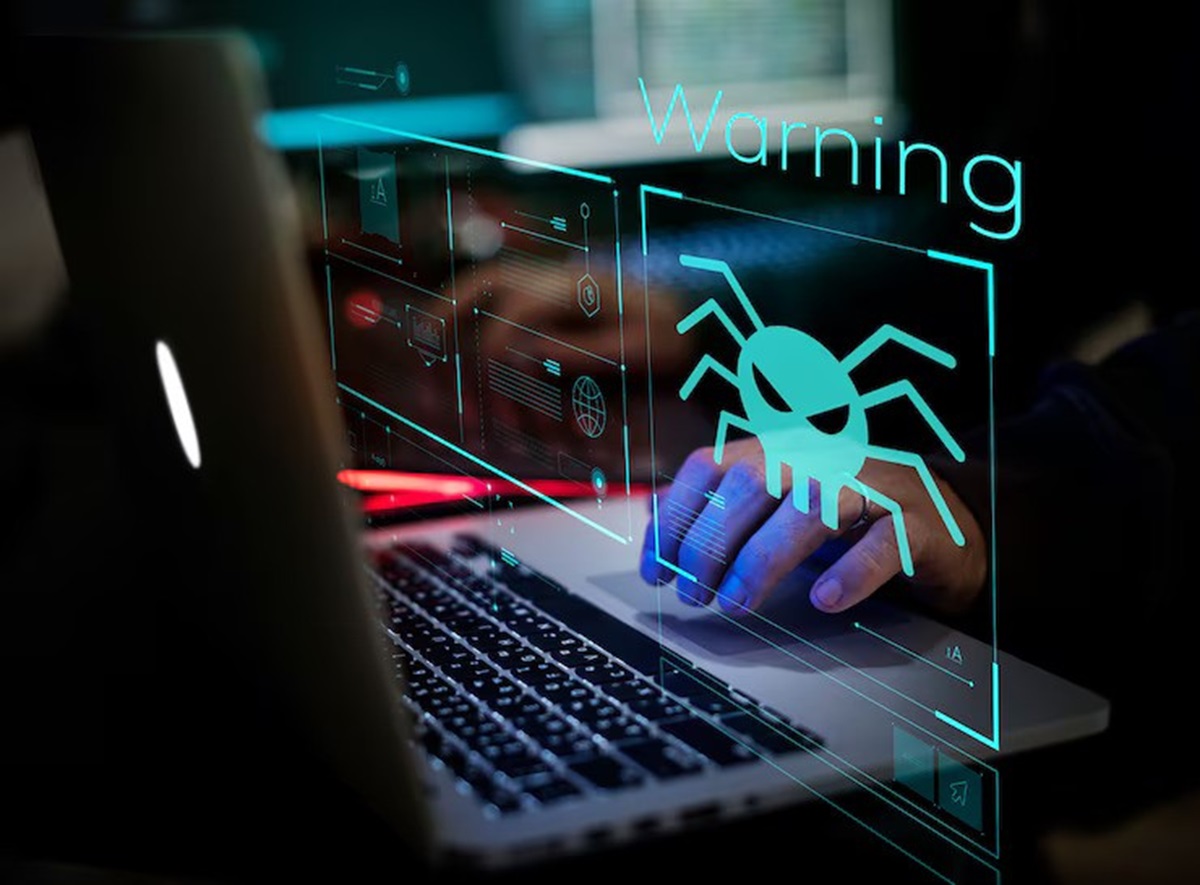Imagine this: you settle down with a cup of coffee, ready to tackle your inbox. An email arrives, titled “Urgent Document – Open Now!” Clicking it seems harmless, right? Well, not necessarily. While simply opening an email shouldn’t infect your computer with a virus in most modern setups, malicious emails can pose a significant threat.
How Email Threats Have Evolved: A Tale of Attachments and Phishing
In the early days of the internet, emails were a prime breeding ground for viruses. These viruses often relied on users opening infected attachments, which would then unleash their harmful code. Thankfully, email providers and security software have gotten much better at filtering out these threats. The University of Liverpool warns about the risks associated with email viruses and malware, emphasizing that attachments containing malware can be circulated in various file types like Word and Excel files, which may include macros that run code to infect computers.
However, cybercriminals are a crafty bunch. Today, they’ve shifted their tactics. Phishing emails, for instance, masquerade as legitimate senders like banks, credit card companies, or even familiar colleagues. These emails typically urge you to click on a link or download an attachment.
Here’s the catch: those links might lead to cleverly designed fake websites that steal your personal information when you enter login credentials. Alternatively, the attachments could be cleverly disguised malware that can wreak havoc on your system once downloaded.
Think of it like this: Phishing emails are like a cunning angler casting a deceptive lure. They aim to trick you into taking an action that compromises your computer’s security.
Beyond the Basics: Advanced Email Threats and How to Protect Yourself
While the core concept of phishing emails might seem straightforward, cybercriminals are constantly innovating their techniques. Here’s a glimpse into some of the more advanced threats you might encounter:
- Spear Phishing: These emails target specific individuals, often containing details that make them appear genuine. For instance, they might reference a recent project you mentioned online.
- Malicious Macros in Documents: Macros are automated scripts embedded within documents. Hackers can exploit them to download malware onto your system if you enable them when opening the attachment.
Fortunately, you can significantly reduce your risk of falling victim to email threats by following these essential steps:
- Be Wary of Unexpected Attachments and Links: Never open attachments or click on links in emails from unknown senders. Even if the email appears to be from someone you know, double-check the sender’s address for inconsistencies.
- Hover Over Links Before Clicking: Most email clients allow you to hover over a link to see the actual URL it points to. If the URL looks suspicious or doesn’t match the text displayed in the email, steer clear of clicking it.
- Keep Your Software Updated: Outdated software can have security vulnerabilities that hackers can exploit. Regularly update your operating system, email client, and web browser to ensure you have the latest security patches.
- Enable Strong Spam Filtering: Most email providers offer robust spam filtering options. Utilize them to your advantage to minimize the number of malicious emails reaching your inbox.
- Educate Yourself and Others: Staying informed about the latest email threats empowers you to make smarter decisions. Share your knowledge with friends and family to create a more secure digital environment for everyone.
Also check out: Where Should You Buy Second Hand Tech From?
By adopting a cautious approach and implementing these security measures, you can significantly reduce the risk of your computer falling prey to a virus from an email. Remember, a healthy dose of skepticism can go a long way in protecting your digital well-being.
